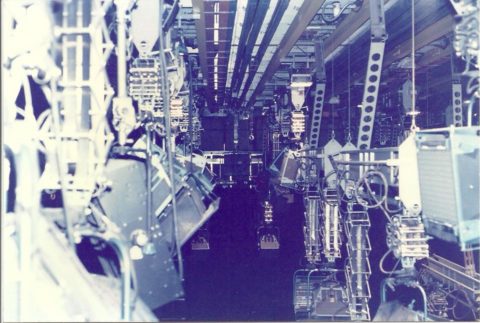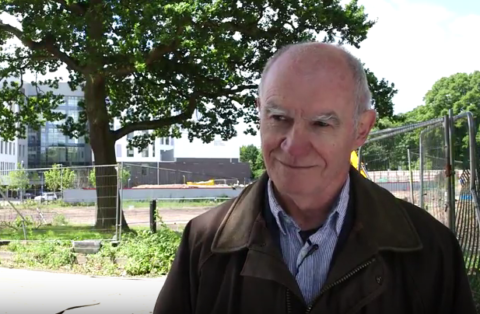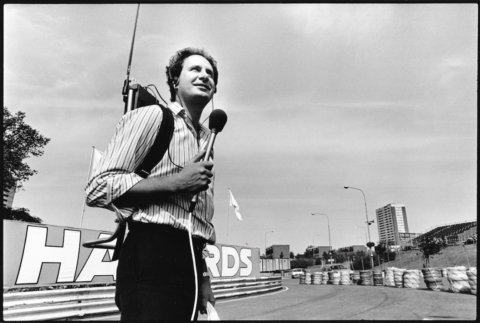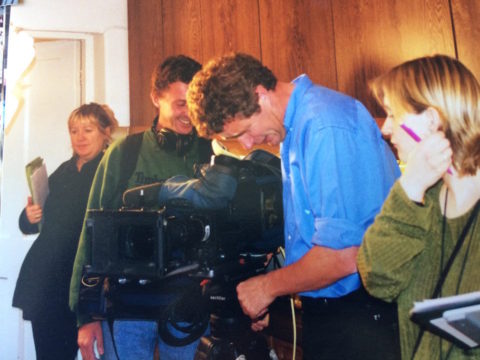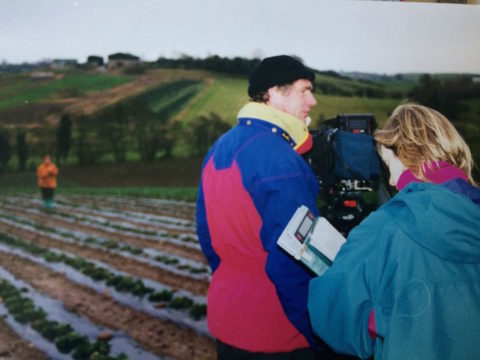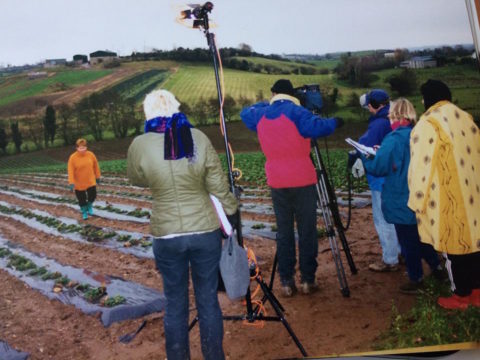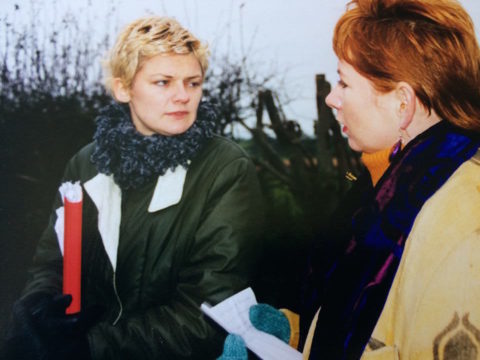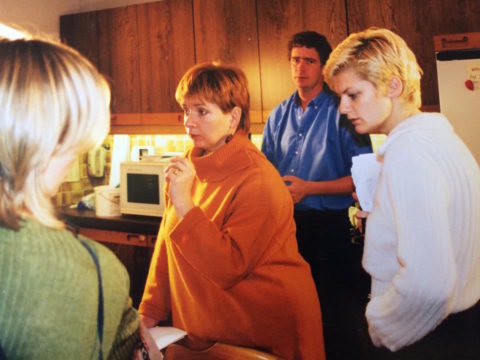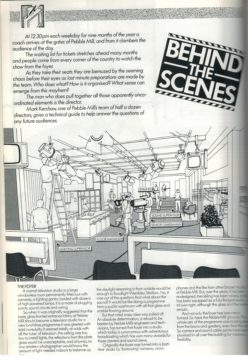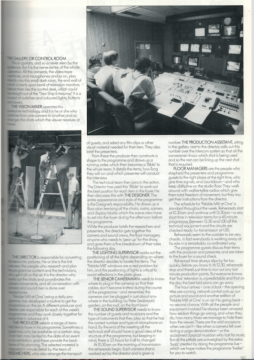This photo shows the lighting grid for Studio A at Pebble Mill. It probably dates from the 1970s.
Thanks to Malcolm Hickman for sharing the photo.
The following comments were left on the Pebble Mill Facebook page:
Andy Frizzell: ‘The Lighting ‘barrels’ were on hoists that lowered to the studio floor, there were generally 2 ‘twisters’ per bar. Twisters were dual source lights ‘hard’ fresnel at one end soft ‘fill’ at the other. There were three 5Kw channels on each bar. 10Kw channels were available from the grid above.
On the barrels each lamp had additional ‘pantographs’ to fine tune the height above sets etc.
Towards the end we added DMX moving light connectivity. If memory serves, this was considered a ‘saturation’ rig studio as opposed to the monopole system preferred by the itv companies. No doubt Dave Bushell can elaborate/correct me on the details as he was my NVQ tutor/examiner.’
Dave Bushell: ‘You have given a very succinct description. I worked with monopole systems after leaving the Mill and I can’t say I liked the lack of flexibility they gave. I suppose it’s what you got used to.’
